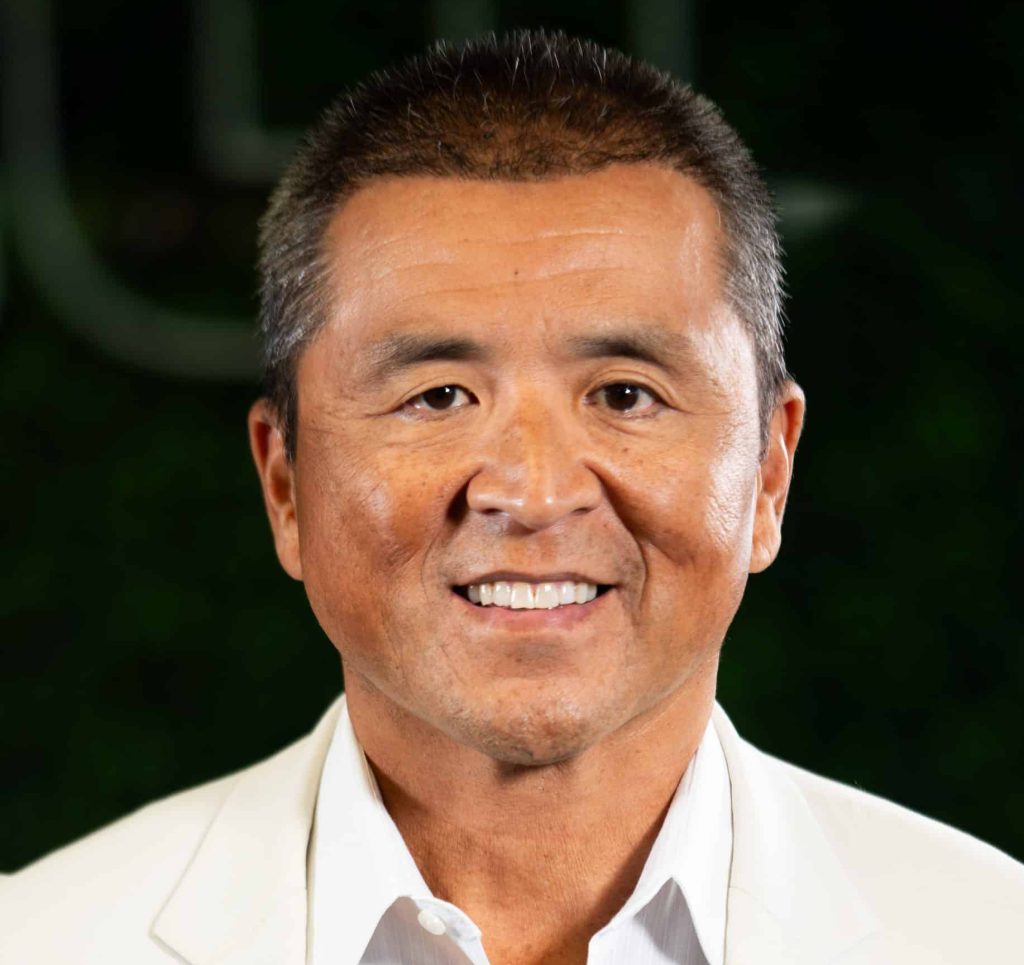For decades, healing has carried a familiar set of images: sterile operating rooms, needles sliding into joints, patients gritting their teeth through weeks of recovery. It’s a picture most of us know too well, whether through personal experience or the stories of friends and family. But in the middle of this well-worn scene, one doctor is rewriting the script.
Dr. Tommy Rhee the leading expert in topical stem cell therapy has built his reputation in the demanding world of sports medicine, treating athletes whose livelihoods depend on getting back into play as quickly as possible. With career highlights that include work with UCLA and the Tampa Bay Buccaneers, he has spent years on the front lines of injury and recovery. Now, he’s turned his attention to a breakthrough that doesn’t just benefit professionals—it has the power to transform how all of us think about healing.
His new book, The Future of Regenerative Medicine: Unlocking the Potential of Topical Stem Cell Therapy, is part science, part story, and entirely forward-thinking. It introduces readers to a field that might sound futuristic but is already here: regenerative medicine delivered through the skin.
Rethinking Recovery
Stem cells are not a new discovery. For years, they’ve been hailed as the building blocks of regenerative medicine. What is new, however, is how they’re being delivered. Until recently, stem cell therapy meant injections or surgical procedures as an approach to that, and while effective, often came with high costs, physical discomfort, and lengthy recovery times.
Dr. Rhee points to an alternative that feels almost deceptively simple: creams and gels that carry stem cell components through the skin to the areas that need them most. This transdermal method doesn’t just reduce barriers to treatment, it reimagines what healing can look like. No needles, no surgical prep, no weeks of being sidelined. Just science packaged in a way that works for everyday life.
Stories That Bring Science to Life
One of the most compelling aspects of Rhee’s book is how it bridges the gap between laboratory findings and lived experience. The pages are peppered with stories of individuals whose lives have been changed by topical stem cell therapy.
Take Jeff, for instance, a man whose joint pain had become a daily obstacle. After years of trying conventional treatments with limited success, Jeff experienced significant relief through topical applications. His journey illustrates the very heart of regenerative medicine: giving people back the freedom to move, play, and live without constant limitation.
The Athlete’s Perspective
If anyone understands the urgency of healing, it’s athletes. A torn tendon, strained muscle, or inflamed joint isn’t just painful—it’s a threat to a career. Rhee’s background in sports makes him particularly attuned to this reality. He describes how topical stem cell therapy has become a kind of secret weapon for competitors, offering a way to recover quickly and reduce long-term damage.
But while the athletic world has often been the testing ground for advanced therapies, Rhee makes clear that this isn’t just about elite performance. The beauty of topical stem cell therapy lies in its accessibility. Anyone dealing with the wear and tear of daily life can benefit from the same innovations that were once reserved for professionals.
Why It Matters Now
Modern life doesn’t leave much room for downtime. That’s why Rhee emphasizes the lifestyle compatibility of topical stem cell therapy. Healing no longer has to mean hitting pause on everything else.
People are looking for solutions that are not only effective but also practical and safe. Treatments that once required clinical visits are finding their way into homes. Rhee’s book captures this cultural moment perfectly, presenting regenerative medicine not as an intimidating medical procedure but as an approachable tool for better living.
A Coach’s Voice in a Doctor’s World
Part of what makes The Future of Regenerative Medicine so readable is Rhee’s tone. He doesn’t lecture; he coaches. Instead of burying readers in medical jargon, he breaks concepts down into simple, relatable language. Complex science becomes understandable. Medical advancements feel personal.
The result is a book that doesn’t just inform—it empowers, and readers are able to walk away with both knowledge and the confidence to think differently about their health choices.
Looking Ahead
Regenerative medicine is still evolving, and topical stem cell therapy is only the beginning. As research continues, the possibilities expand—faster recoveries, better outcomes, and more personalized care. But what Rhee has captured in his book is the significance of this very moment: the point where innovation moves from theory to practice, from the sidelines of professional sports to the hands of everyday people.
The Takeaway
Dr. Tommy Rhee’s career has always been about helping people move forward, whether they’re pro athletes or regular individuals dealing with life’s physical challenges. With The Future of Regenerative Medicine, he opens the door to a new kind of recovery—one that trades scalpels and needles for creams and gels and replaces weeks of downtime with the promise of faster, more natural healing.
For anyone curious about what’s next in health and wellness, this book isn’t just a guide. It is a glimpse into a future that has already arrived!
